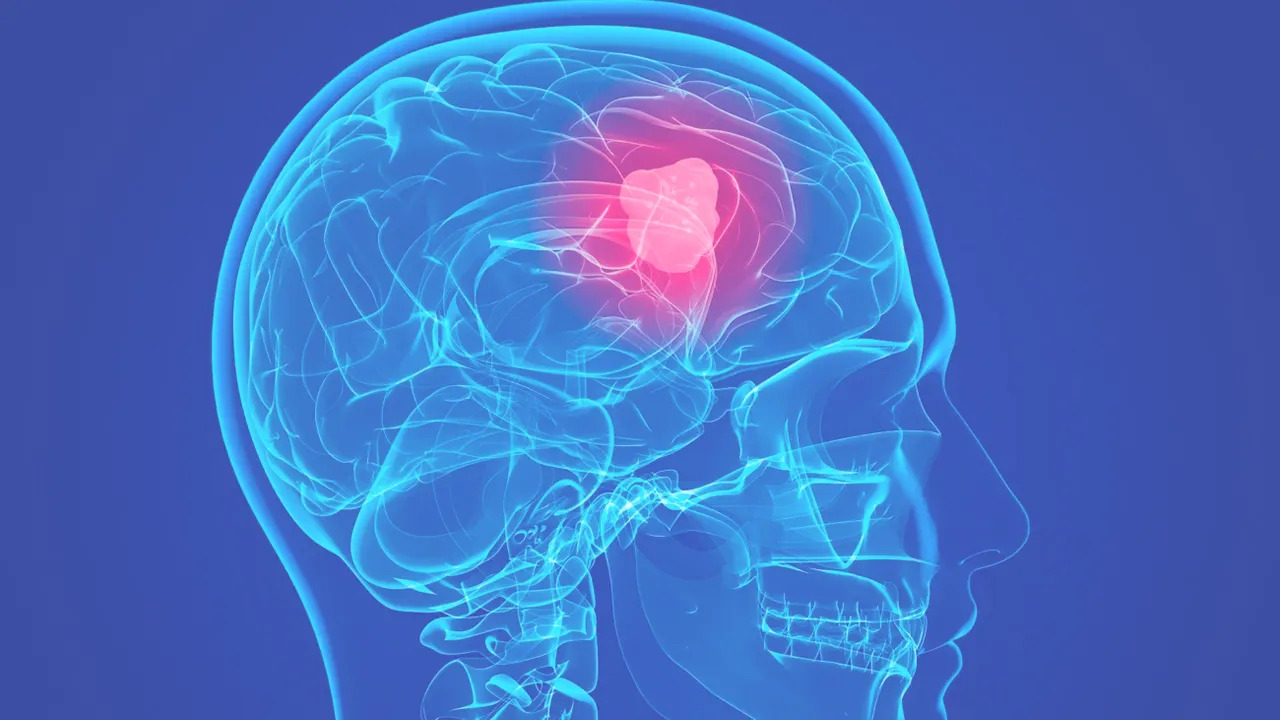Gliomas are a type of tumor originating from glial cells, which are the supportive cells of the central nervous system. They are the most common type of primary brain tumors and can occur in different parts of the brain or spinal cord.
Gliomas are classified into several types based on the specific glial cell they arise from astrocytomas, oligodendrogliomas, and ependymomas. Astrocytomas, which arise from astrocytes, are the most common type and are further categorized into four grades:
grade I (pilocytic astrocytoma), grade II (diffuse astrocytoma), grade III (anaplastic astrocytoma), and grade IV (glioblastoma multiforme, or GBM).
Oligodendrogliomas originate from oligodendrocytes and are classified into grade II and grade III (anaplastic oligodendroglioma). These tumors typically have a distinct appearance under the microscope due to unique molecular characteristics. Ependymomas arise from ependymal cells and can occur in different areas of the central nervous system, such as the brain and spinal cord.
The symptoms of gliomas depend on their location, size, and grade. Common symptoms may include persistent headaches, seizures, changes in behavior or personality, motor or sensory deficits, speech difficulties, and impaired coordination.
Diagnosing gliomas involves a combination of medical history evaluation, physical examination, and imaging studies such as magnetic resonance imaging (MRI) or computed tomography (CT) scans. In some cases, a biopsy may be performed to obtain a tumor tissue sample for further analysis.
Treatment options for gliomas vary depending on the grade, location, and extent of the tumor and the patient’s general health condition. Surgery is often the initial step to remove as much of the tumor as possible. In some cases, complete surgical removal may not be feasible due to the tumor’s location or involvement with critical brain structures.
Additional treatments may be utilized following surgery, including radiation therapy, chemotherapy, targeted therapies, and immunotherapy. The specific treatment plan is personalized for each patient based on the tumor characteristics and individual factors.
The prognosis for gliomas varies widely depending on the grade and other factors such as age and overall health. Lower-grade gliomas generally have better outcomes than higher-grade tumors, such as glioblastomas. However, each case is unique, and advancements in treatments and personalized care have improved many patients’ survival rates and quality of life.
Patients with gliomas typically receive ongoing follow-up care to monitor the tumor’s response to treatment, manage symptoms, and address potential complications.
Gliomas are a type of tumor originating from glial cells and are the most common type of primary brain tumors and can occur in different parts of the brain or spinal cord. Gliomas are classified into several types based on the specific glial cell they arise from and usually present with persistent headaches, seizures, changes in behavior or personality, motor or sensory deficits, speech difficulties, and impaired coordination. Diagnosis is made by medical history evaluation, physical examination, and imaging studies such as (MRI) or (CT) scans. Treatment includes surgery, radiation therapy, chemotherapy, or immunotherapy.
Supportive care and rehabilitation services also play an essential role in optimizing the patient’s overall well-being and quality of life.

Comments are closed.